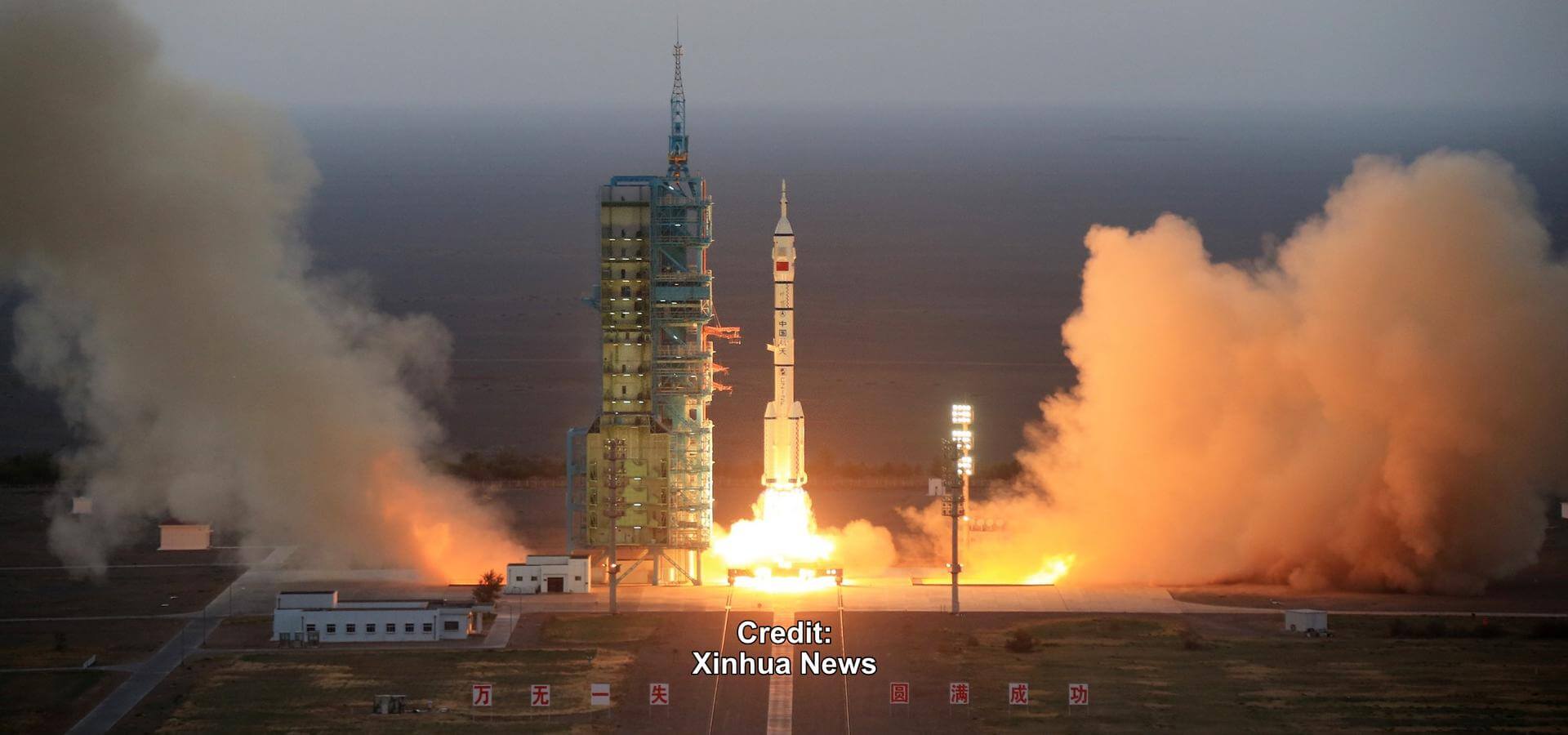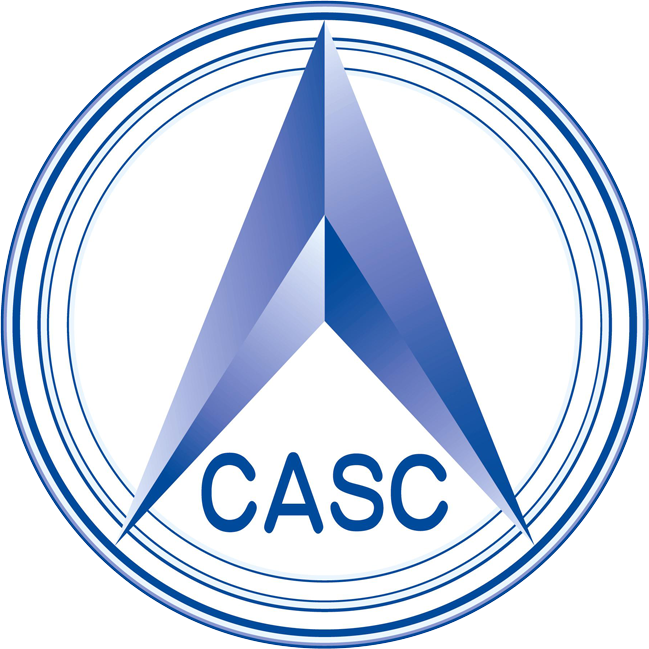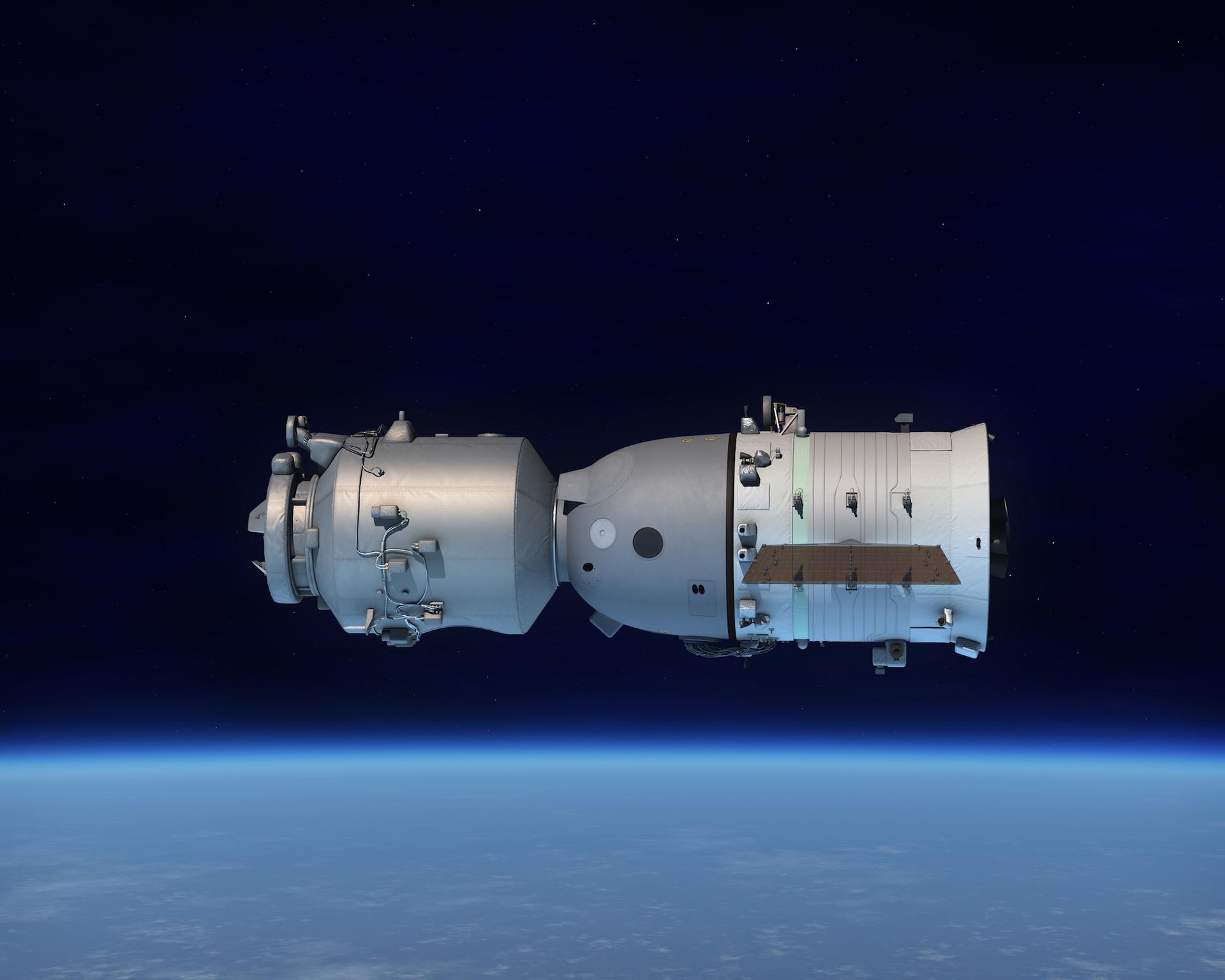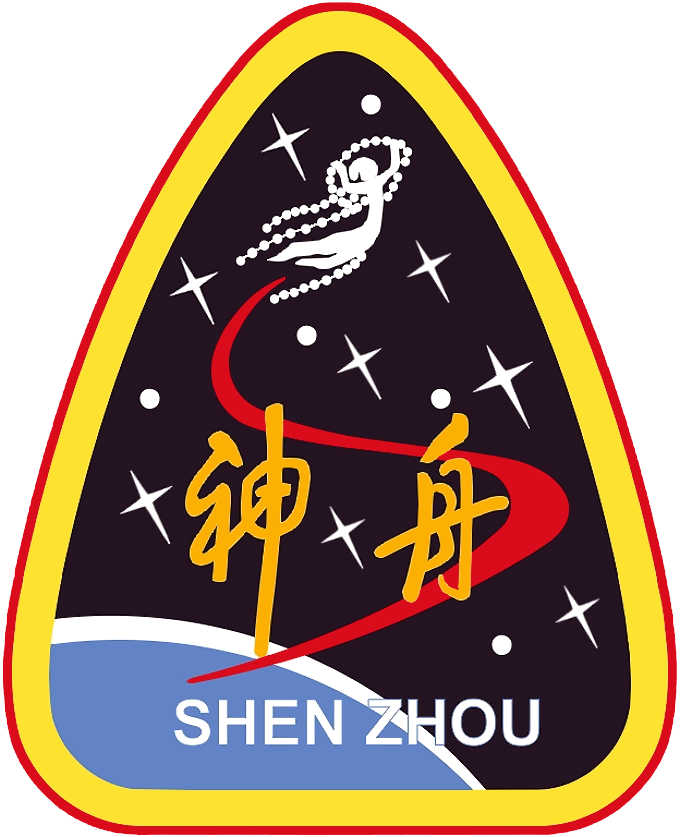Long March 2F | Shenzhou-2
Launch Area 4 (SLS-1 / 921)
Jiuquan Satellite Launch Center, People's Republic of China
T?
--
Days
:
--
Hours
:
--
Mins
:
--
Secs
Date Loading...
China Aerospace Science and Technology Corporation
The China Aerospace Science and Technology Corporation (CASC) is the main contractor for the Chinese space program. It is state-owned and has a number of subordinate entities which design, develop and manufacture a range of spacecraft, launch vehicles, strategic and tactical missile systems, and ground equipment. It was officially established in July 1999 as part of a Chinese government reform drive, having previously been one part of the former China Aerospace Corporation. Various incarnations of the program date back to 1956.
Shenzhou-2
Second test flight of the Shenzhou spacecraft, without crew on board. A monkey, a dog, and a rabbit were carried in a test of the spaceship's life support systems. There were also 64 different scientific payloads, including a microgravity crystallography experiment; animal species including six mice, small aquatic and terrestrial organisms; cosmic ray and particle detectors and gamma-ray burst detectors. To test the radio transmitting systems taped messages were broadcast from the spacecraft. During return to Earth the parachutes failed to open upon re-entry, which resulted in a hard landing of the descent capsule.
Shenzhou 2
Serial 2
Launch Crew Count 0
Status Single Use
Landing Time 2001-01-16T11:22:00+0000
Long March 2F
Height 62.00 Meters
Max Stages 2
Mass To GTO 0 kg
Liftoff Thrust 5985 kN
Diameter 3.35 Meters
Mass To LEO 8400 kg
Liftoff Mass 464 Tonnes
Launch Success 7
Consecutive Success 7
Maiden Flight 1999-11-19
Launch Failures 0
Programs
Shenzhou
The Shenzhou program is a crewed spaceflight initiative by China. The program put the first Chinese citizen, Yang Liwei, into orbit on 15 October 2003.











